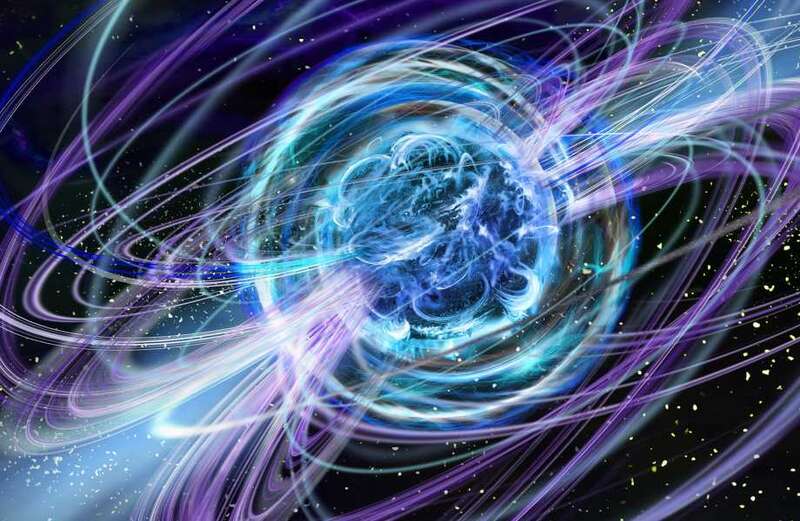MYSTERIOUS signals are being detected coming from a star that has been radio silent for over a decade, according to scientists.
The radio signals are very powerful and their sudden appearance has baffled experts.

According to Live Science, the strange star is a magnetar that suddenly became very active again in 2018.
Magnetars are a type of dead star with extremely powerful magnetic fields.
They're technically the universe's most powerful magnetic objects.
 All you need to know about the upcoming Supermoon
All you need to know about the upcoming Supermoon
A magnetar's magnetic field is about a trillion times stronger than Earth's.
Just 30 have been detected to date and this unusually active one could change what was previously understood about the stars.
This month, two new studies were published about the star in the journal Nature Astronomy.
The magnetar that's baffling scientists is called XTE J1810-197.
"We report here on new high-cadence radio observations of the magnetar XTE J1810–197 recorded shortly after an X-ray outburst," one of the studies explains.
Both studies found a strange wobble effect occurring in the signals.
Neither study reveals what was causing the unusual behavior.
Patrick Weltevrede, an astrophysicist at the University of Manchester, worked on both studies.
"Our findings demonstrate that exotic physical processes are involved in the production of the radio waves we can detect with sensitive radio telescopes.
"Moreover, we learned that magnetars are ultra-strong magnets in space which spin in complicated ways," he said.
 Is there a Full Moon tonight?
Is there a Full Moon tonight?
"It was crucial to keep observing the magnetar with radio telescopes even when it was switched off, so we were able to catch it directly after the radio outburst.
"This is the first time we have had data sampled densely enough at just the right time to be able to resolve this precession and its damping, made possible through many years of dedicated monitoring of this source with large radio telescopes, including the Lovell Telescope at Jodrell Bank," said researchers Dr Lina Levin Preston, also from The University of Manchester.

































